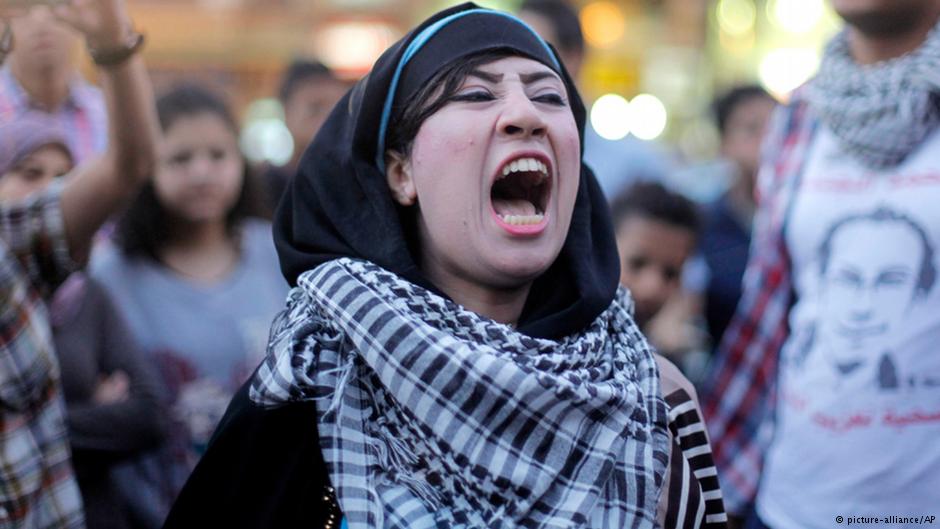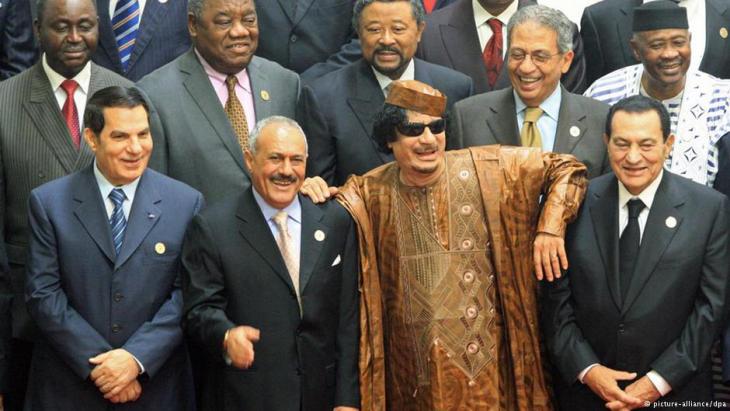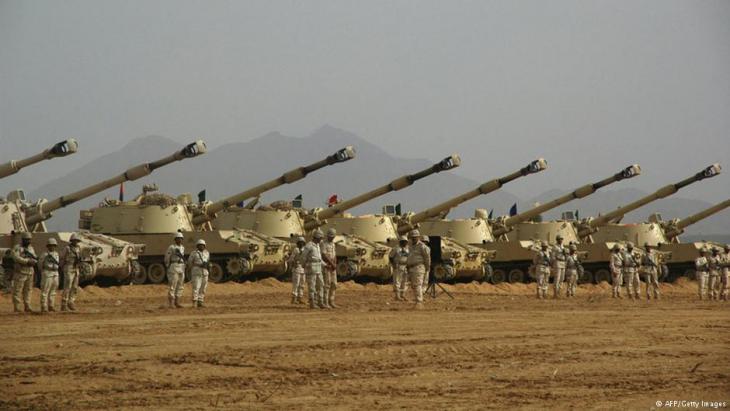So shall you reap

The 2016 Arab Human Development Report (AHDR) by the United Nations Development Programme (UNDP) focused on the region′s youth – those aged between 15 and 29 – a significant group that keeps on growing.
This is the first report of its kind to be released after the Arab Spring and details how young people are more politically aware and motivated to achieve their civil and human rights. Yet they face considerable challenges, primarily economic and security-related. The poor economic planning by the existing regimes is only prolonging and worsening these problems, as a more politically-conscious population grows.
The unemployment plague
Youth unemployment among those aged between 15 and 24 was at its highest in 2014, at almost 30%, more than double the global average. By 2019, an even greater disparity will emerge: estimates project a decline in the global average, although the Arab world′s rate will continue increasing steadily. Considering that the region′s population growth is the largest worldwide, over 60 million jobs will need to be created by 2020 simply to stabilise youth unemployment.
What is the root cause of this unemployment? According to the report, it goes back to poor policy, specifically policy that ″matches demographic growth and needs of the market.″ A limited number of jobs with a growing population means that nepotism, rather than merit, is key when finding a job.
Therefore, it comes as no surprise that unemployment and the economy is the top priority for Arab youth, according to 75.77% of those polled. On the other hand, internal security and stability is only top priority for 2.99%.

Arab youth want to be more politically involved
This comes as no surprise, given the series of protests that took place across the region from 2009, commonly referred to as the Arab Spring or Arab Awakening. Indeed, the report does recognise a growing educated and politically active generation, who are more knowledgeable of the problems and injustices they face.
Youth participation in protests across the Arab region was over 18% in 2013 – almost double that of middle income countries. However, Arab youth have the lowest voting rate worldwide at 68.4%, whereas youth from middle income countries make up a hefty 87.4%.
Despite their eagerness to be part of the political process and the lack of formal barriers to at least some participation (in all except eight countries), young people remain excluded. For instance, the average age of ministerial councils in the region is 58 years old.
Future generations will pay a high price for today′s conflicts
Syria. Iraq. Yemen. Palestine. Libya. Somalia. The devastation and destruction of those countries over the past few years will take years to turn around. According to the report, 68.5% of the world′s war-related deaths took place in the region between 1989 and 2014, which accounts for 27.7% globally.
But of course that doesn′t factor in other countries that aren′t in a formal state of war and have endured terrorist attacks. Indeed, in 2014 alone the region endured 45% of the world′s terrorist attacks.
While the region hosts 57.5% of the world′s refugees and 47% of the world′s internally displaced, the long-term consequences resulting from the region′s conflicts go well beyond that. While the well-documented wave of Syrian refugees have played a huge role in drastic demographic transformations in the region, the report claims that the plight of the Palestinians should not be cast aside, stating that "Israel′s occupation of Palestine is the longest occupation in the modern era … during which a people has been deprived of the right to self- determination."

The report projects more people to be living in high conflict risk areas. By 2050, they project that three out of four people will be living in such regions. Fiscal trends also indicate that this projection will prove accurate. Between 1988 and 2014, the Arab region′s per capita military expenditure exceeded the cumulative global average by 65%, which is about US$2 trillion. Signs don′t point to a slowdown.
Such heavy spending on the military only prolongs and worsens existing security crises. The researchers concluded that this type of excessive spending has a negative effect on spending on education, healthcare, infrastructure, among other sectors that, if well taken care of, can diminish various security risks.
Is another Arab Spring imminent?
It is clear that regimes across the region cannot sweep these critical issues under the rug. The 100 million 15-29 year-olds make up two-thirds of the region′s population – many are intelligent and capable of leading.
While the Arab uprisings did not succeed, the report concludes that the popular uprisings indicated their ability to recognise challenges to development, express their dissatisfaction and politically organise to fight for their demands and achieve them in a peaceful and sustainable way.
The report also recognises the brutal security-oriented state response to these protests and mobilisations. The researchers conclude that while this approach achieves some stability and repels protesters for an indefinite period of time, not taking action on the root causes of these mobilisations will come back to haunt them. In fact, it appears that we can see the build-up of these issues, coupled with violent state response, as the catalyst for not only larger mobilisations, but also more violent ones.
Kareem Chehayeb
Kareem Chehayeb is a Beirut-based journalist and political analyst.